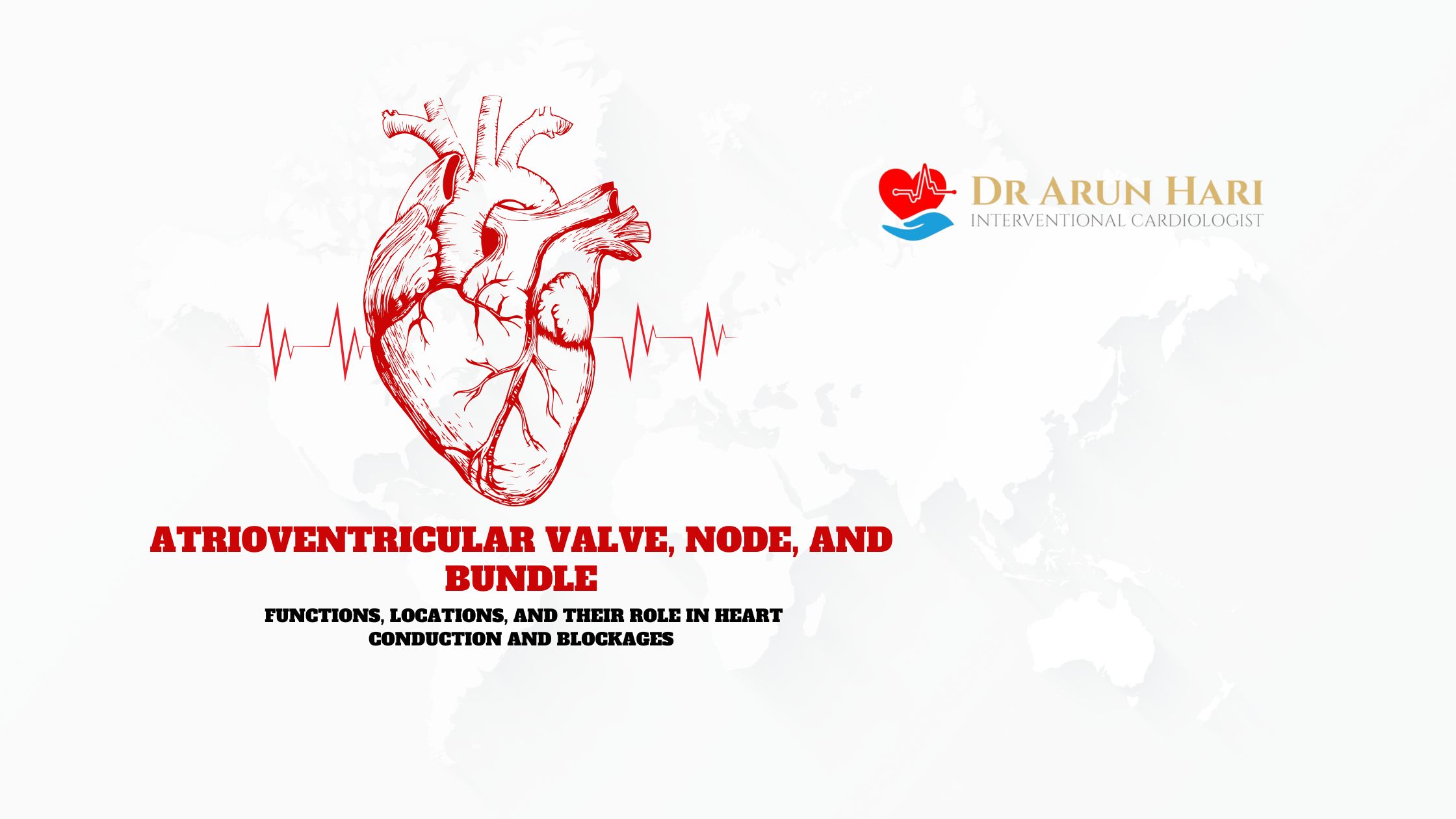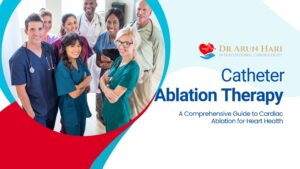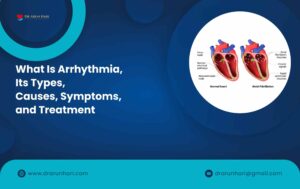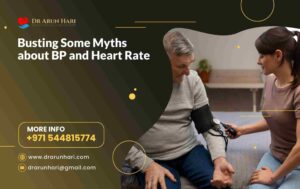Human heart, at its core, is a masterpiece of rhythm &. Treat it with care, & it’ll serve you well! – As stated by Dr. Valentin Fuster
The heart is usually referred to as the engine of life. This organ tends to beat tirelessly to fuel every breath, every thought, & every dream a human being holds dear. It is more than just a muscle; it happens to be the very rhythm of our existence, orchestrating a delicate symphony that keeps us all alive. Yet, in the race of modern life—marked by endless screens, binging on fast food, & unrelenting stress—this tireless organ is under siege. As lifestyles become more sedentary & stress levels soar, the silent threats of heart disease creep into lives unnoticed, snatching away the vitality we so easily take for granted. Protecting the heart is not just a health imperative—it is the key to cherishing life itself. For without its steady rhythm, the song of life falters, leaving behind echoes of regret for a carelessness we can no longer afford.
A Look at the Atrioventricular Valve: A Statistic
Heart-related knowledge has seen substantial growth over the years, yet a study conducted by the American Heart Association (Year 2020) revealed that just 45 percent of American population fully understands the function of heart valves, including the atrioventricular valve, despite its pivotal role in ensuring proper blood flow & rhythm regulation.
Atrioventricular Valve: The Gateway to Cardiac Efficiency
The atrioventricular valve is a fundamental component of the heart’s structure & function. Positioned between the atria (upper chambers) & ventricles (lower chambers), it ensures the one-way flow of blood, preventing backflow during each heartbeat. Comprising 2 key valves—the mitral valve on the left & the tricuspid valve on the right—it operates in harmony with the heart’s rhythmic contractions. These valves close & open with precision, guided by tendinous cords & muscular papillary muscles, which prevent prolapse into the atria. Any dysfunction in this valve can result in several complications like regurgitation or stenosis, severely affecting cardiac efficiency.
Atrioventricular Valve, Node, and Bundle: The Conduction Nexus
Functions & Locations
The conduction system of the heart relies on the seamless integration of components such as the AV node and Bundle of His in heart conduction, & Purkinje fibers. Here is a closer look at AV node and its role in atrioventricular conduction:
- AV Node Location and Function: The atrioventricular (AV) node is at the triangle of Koch location at the base of the right atrium near the septum. This small, yet crucial cluster of cells serves as a gatekeeper, controlling the electrical signals passing from the atria to the ventricles.
- Role of AV Node in Cardiac Conduction: It ensures a short delay, allowing the ventricles adequate time to fill with blood before contraction.
- Implications of AV Node Dysfunction: A poorly functioning AV node can lead to arrhythmias or conditions like AV block, disrupting the synchronization essential for effective pumping.
- Bundle of His and Heart Rhythm: The Bundle of His, a critical pathway for electrical impulses, lies along the interventricular septum. Together with the AV node, it plays a pivotal role in distributing signals to the ventricles through its left and right bundle branches.
- This network ensures the precise timing of ventricular contractions and overall heart rhythm.
Heart Conduction System Components
The coordinated action of the AV node and Bundle of His in heart conduction ensures that the electrical impulses maintain a steady rhythm, preventing chaotic contractions. This pathway includes the following:
- Electrical Pathways in the Heart: Initiated at the sinoatrial (SA) node, electrical signals pass through the AV node to the Bundle of His and Purkinje fibers, regulating ventricular contractions.
- Triangle of Koch Location: A defining anatomical landmark for the AV node, its identification is essential during certain surgical interventions.
Cardiac Conduction Abnormalities
Disruptions in the electrical system can result in arrhythmias, heart blockages, or fibrillations. Diagnosing and treating these abnormalities hinge on a deep understanding of the heart conduction system components, including the function of AV node and Bundle of His in heart conduction.
Blockages and Their Implications
- AV Block and Heart Conduction: Graded from first to third degree, these blocks represent varying levels of disruption in the passage of signals from the AV node.
- Electrical Signal Transmission in the Heart: Precise signal movement ensures regular heartbeats. Any failure here can lead to severe cardiac complications requiring medical intervention.
Expert Care from Dr. Arun Hari
If you are seeking advanced cardiac care, including treatments for abnormalities in atrioventricular valve, Bundle of His and AV node in heart rhythm regulation, look no further than Doctor Arun Hari. He practices at the renowned LLH Hospital in Abu Dhabi (UAE). Doctor Hari specialises in diagnosing & treating complex heart conditions, from arrhythmias to valve-related diseases. Leveraging cutting-edge technology & his extensive expertise, Doctor Arun provides personalised care for conditions linked to atrioventricular valve dysfunction or conduction system abnormalities. Visit here to book a consultation or learn more about the comprehensive cardiac services available.
Conclusively, heart health is paramount! Whether it is addressing cardiac conduction abnormalities such as atrioventricular valve dysfunction or understanding the function of the AV node and Bundle of His in heart conduction, early diagnosis & expert care are essential. With a team like Dr. Arun Hari’s by your side, you are ensured a pathway to better health & well-being.





